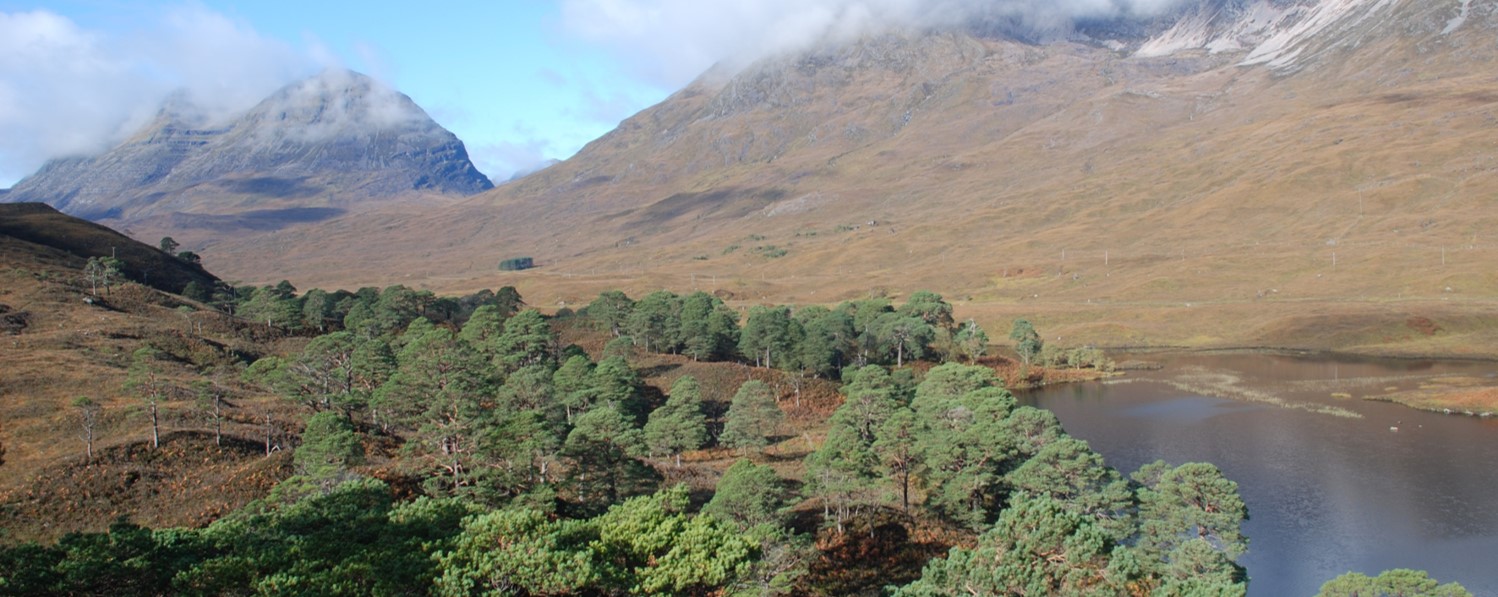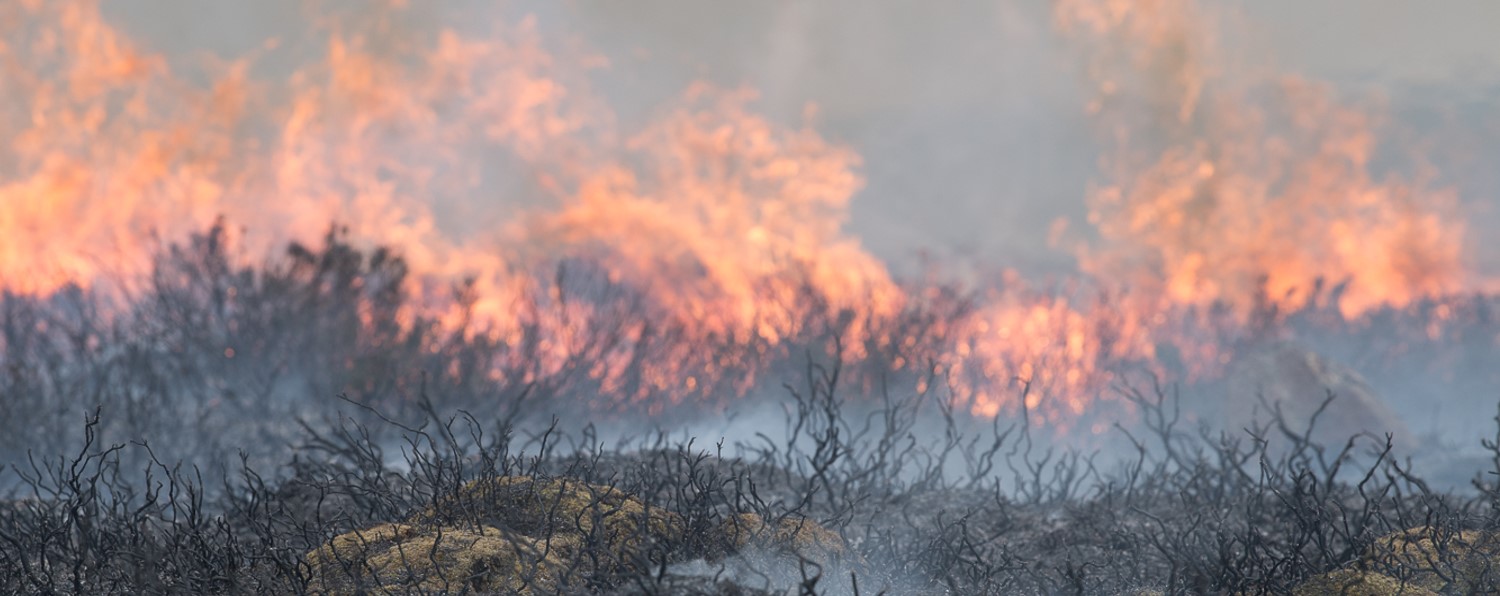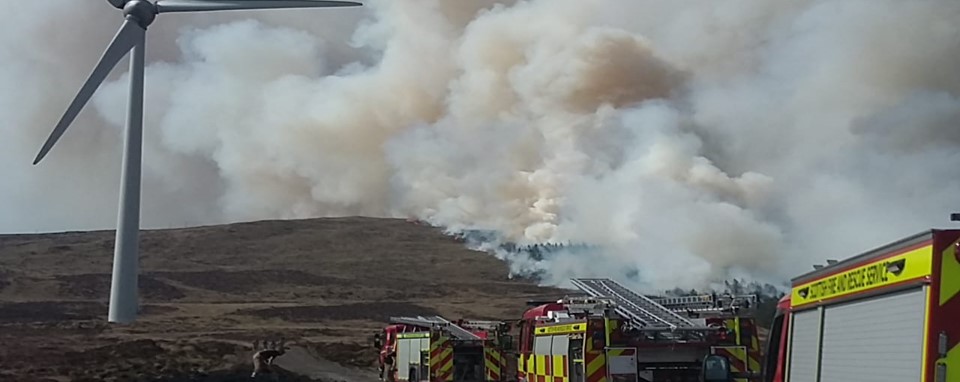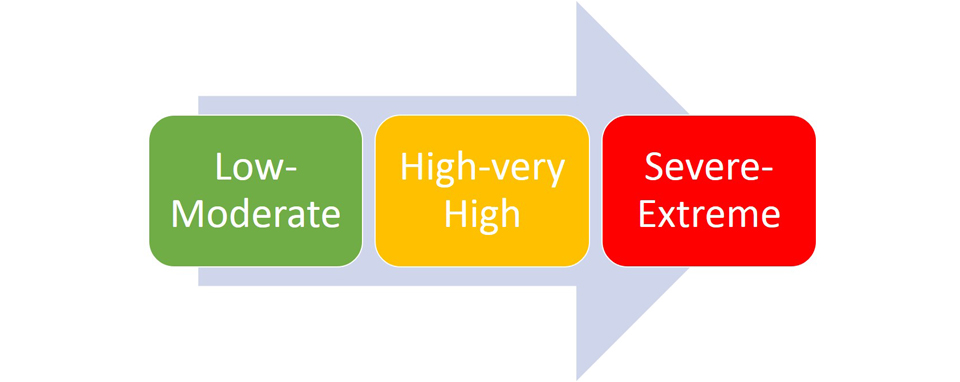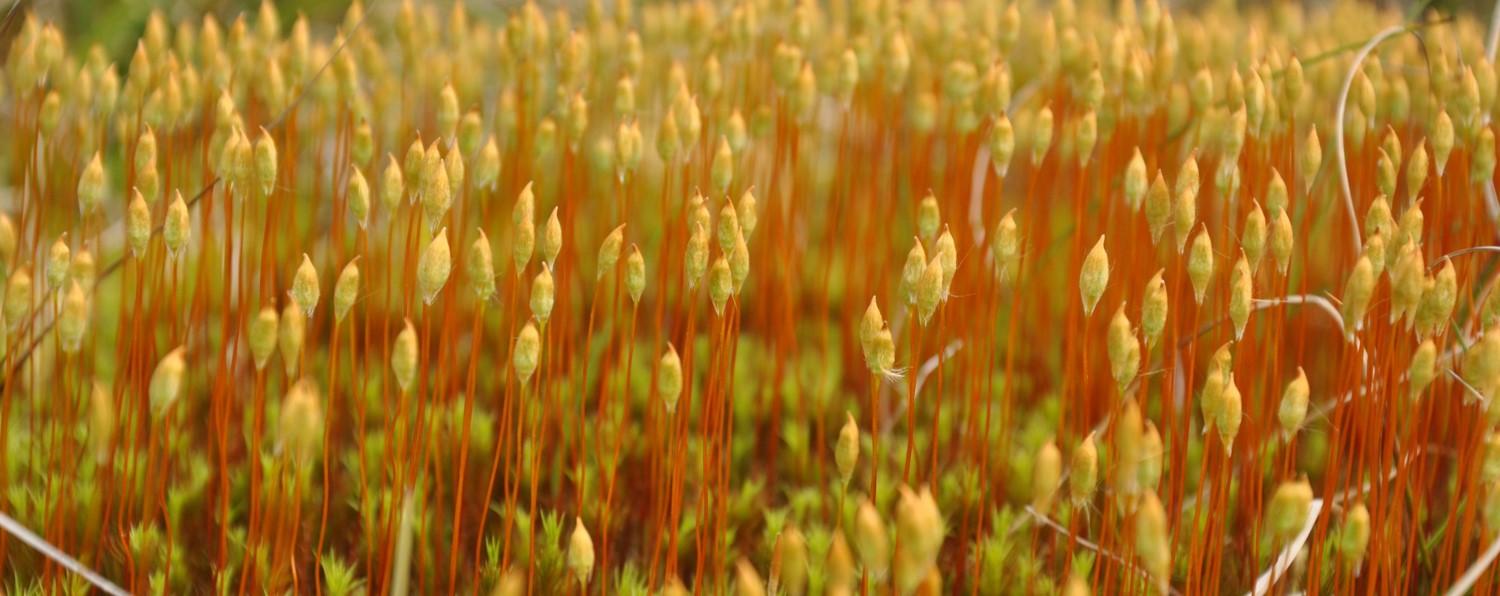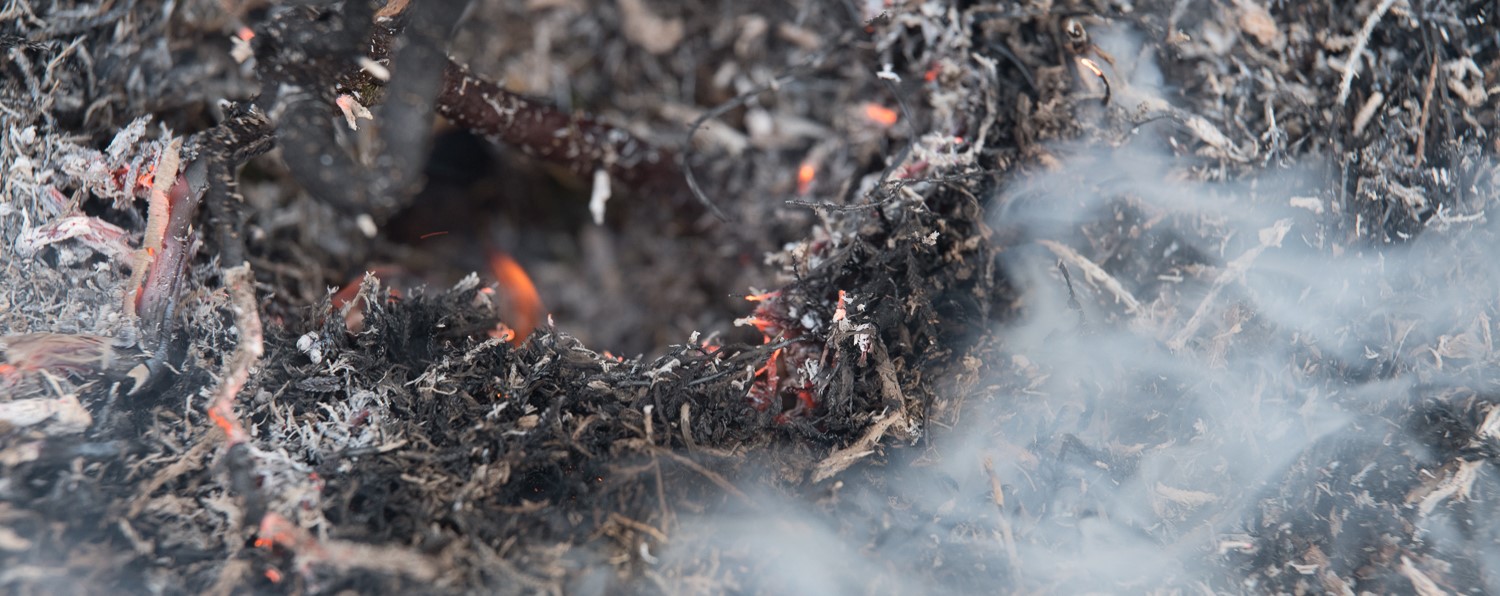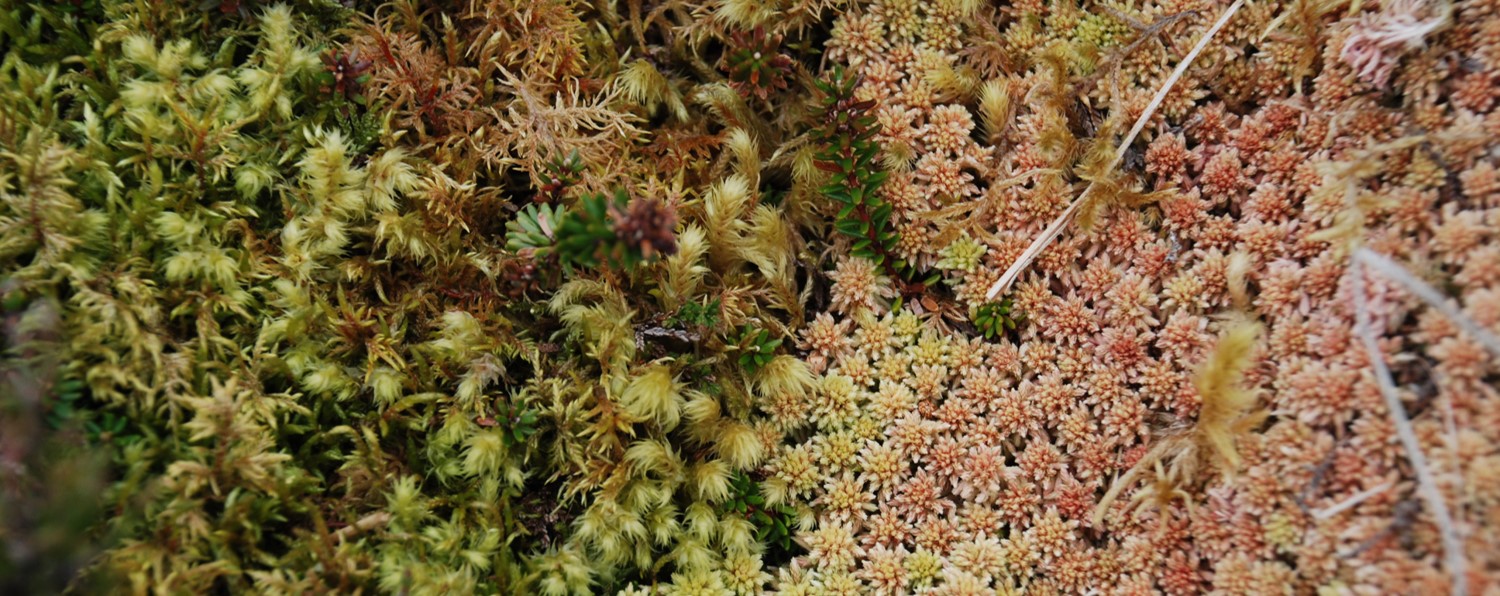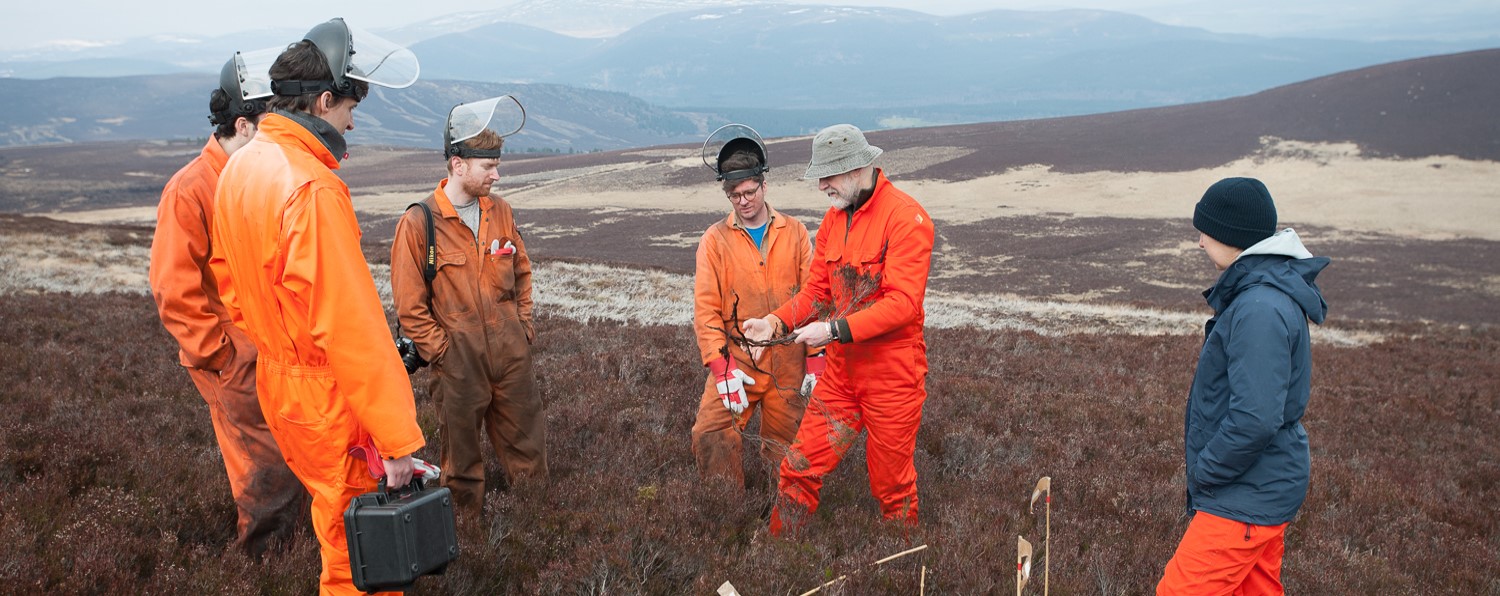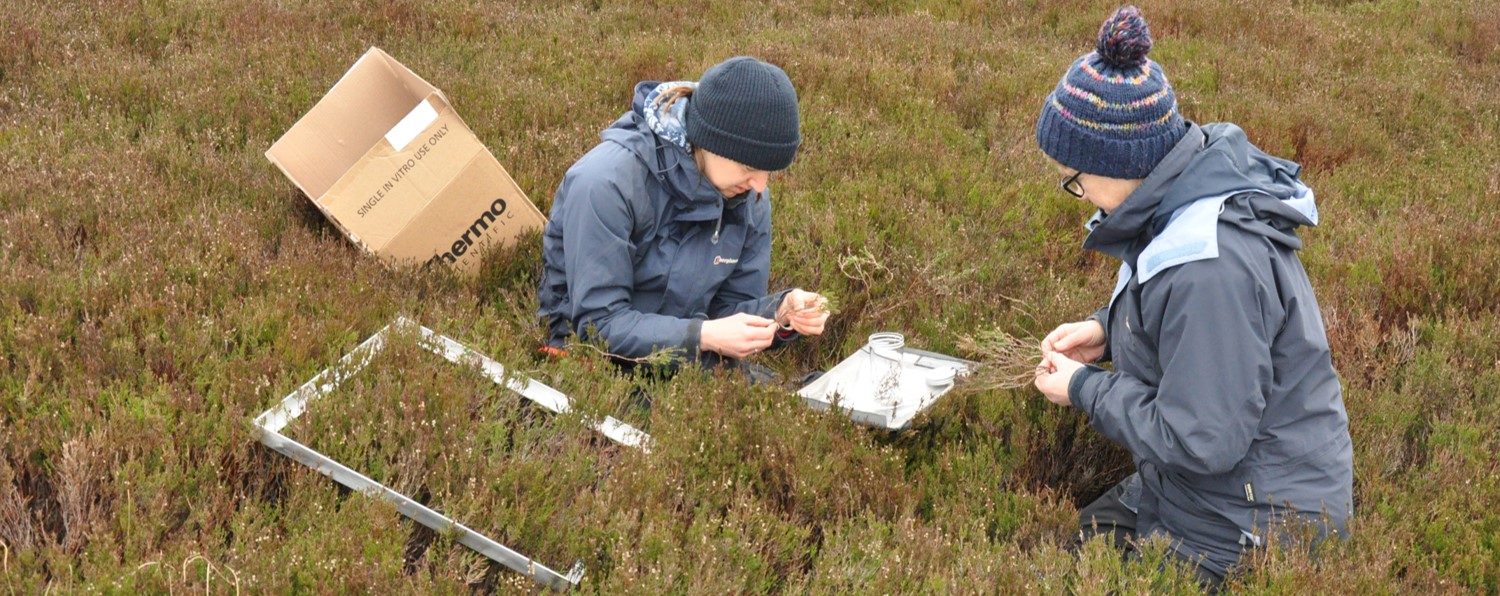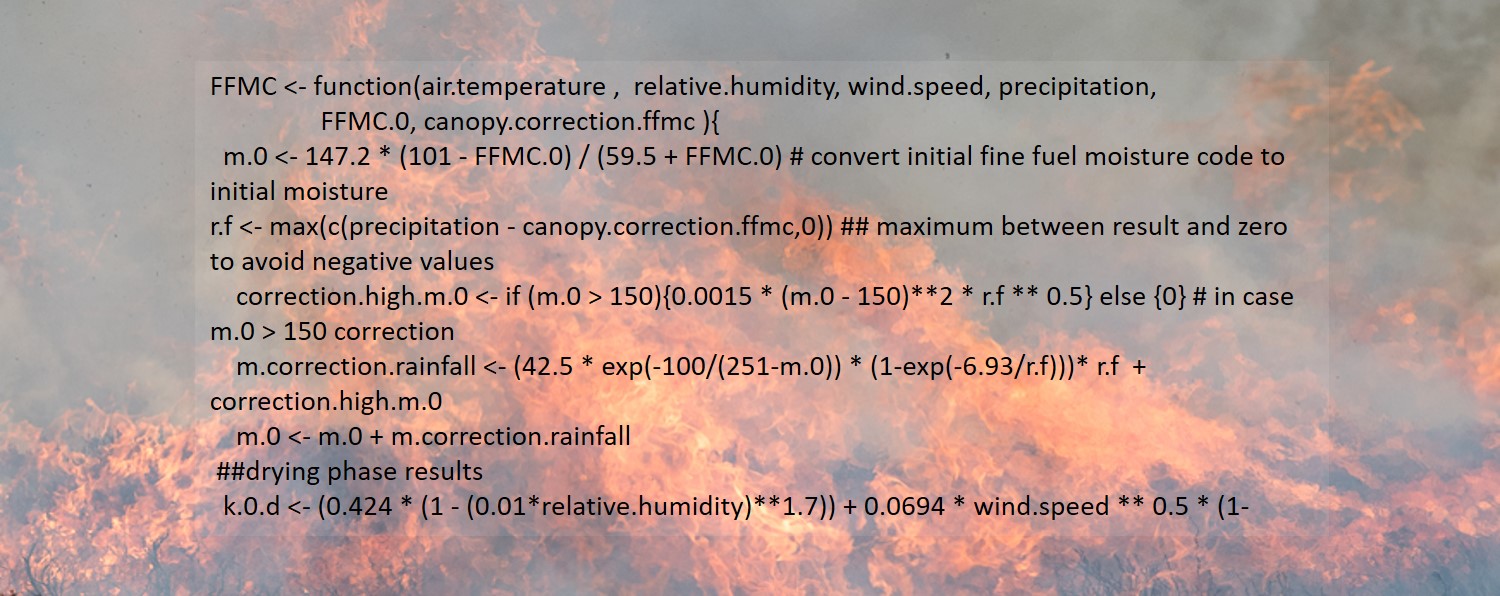You are here
Zisis Gagkas
zisis.gagkas@hutton.ac.ukZisis is a digital soil resources analyst with a background in forestry, soil hydrology and environmental science. His research focus is on coupling advanced statistical methods (e.g. machine learning) with geospatial analysis techniques for mapping soil properties and functions as input to regional and national environmental risk assessments.

